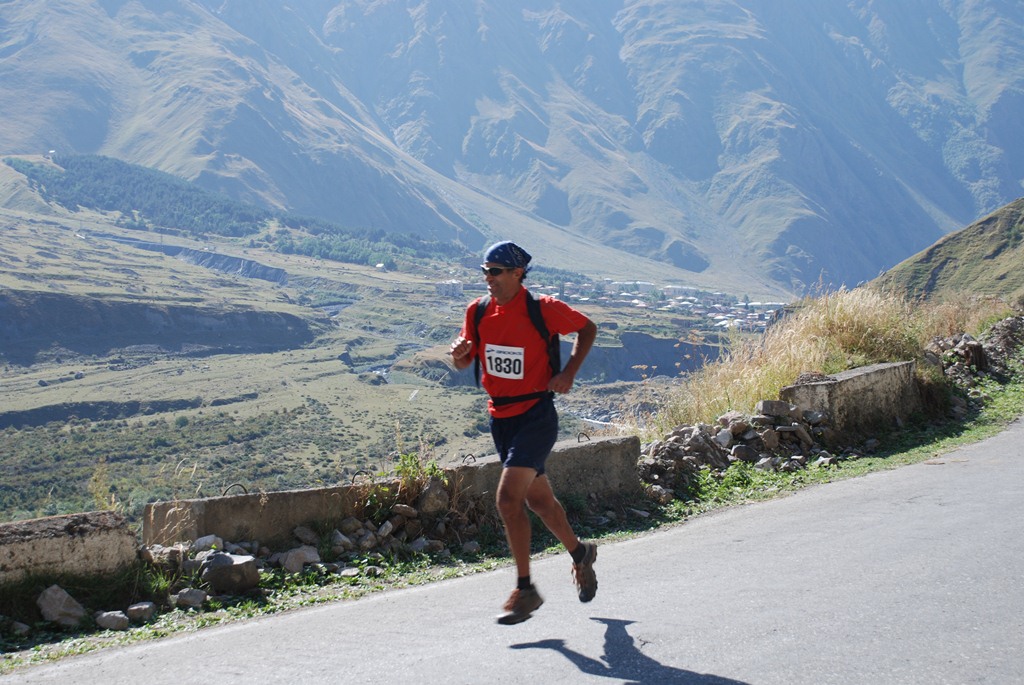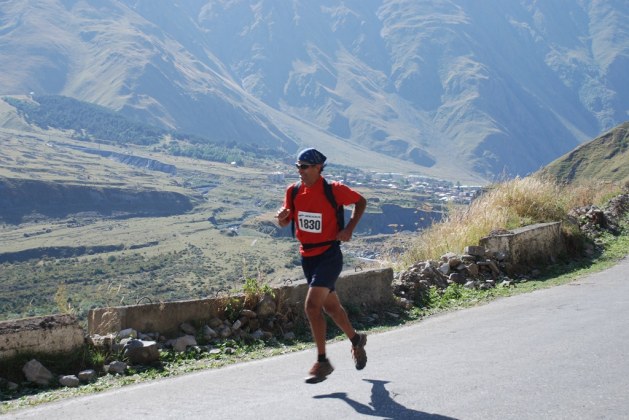
A half marathon is the first step to running an actual marathon, as a half marathon is 13.1 miles while a full marathon is 26.2 miles. This makes sense based on the names given to each race, but running a half marathon covers significantly less distance and requires much less training, physical fitness and stamina than is necessary to run a full marathon.
Still, for people who are not seasoned runners or do not run long distances on a regular basis, a certain amount of training is required so that they can run this length in a reasonable amount of time.
Below are some tips on how to successfully train and run a half marathon, so that you can complete the race and perhaps look towards the full marathon as a future goal.
Figure Out Your Current Physical Fitness Level
The first thing you need to do if you have decided to run half a marathon is figure out your physical fitness level. If you are not active at all, you need to admit this to yourself and see how far you can run before you are completely spent.
People who run half marathons should be able to successfully run 3 miles straight at least three times a week, or run for 30 minutes straight at a steady pace. If you cannot do this, you have a lot of training to do before you run half a marathon and may not be in the right shape to do it in right off the bat.
Be Mentally Prepared
The body cannot operate without the mind – It’s an old saying and without this mindset that you can and will run half a marathon, it will be quite difficult. So one of the main things that needs to be done while you are getting yourself physically fit is to get yourself mentally fit to train and complete this distance.
This mental preparation will be critical to your mindset on race day when you are dead tired two-thirds of the way through the race, and you need that last push to finish it. Your mind convincing your body to keep going may be the only thing that allows you to finish, so forcing yourself to have the discipline to not only train but be determined to complete the race is as important as anything.
Create a Schedule
Training needs to be done in a disciplined schedule over the course of a few months, at least. You should spend your first few weeks of training running a few miles straight at a time to build up your stamina. Once you have this down, run three miles twice and run four miles at the end of each week for a few weeks in a row.
Then increase your short run by half a mile every 2 weeks, while increasing the longer run by one mile at the end of each week.
In the last three to four weeks of training, try to increase your final run of the week by one mile each week, so that you can complete a ten mile straight run before you actually do your half marathon event.
Also, devote one day to stretching and training with light to moderate weights each week, as it will help your overall muscle tone and your stamina, allowing your body to rest in between long runs.
Like training for actual marathons, never run the full 13.1 miles straight until your actual race day, as you don’t want to wear your body out with the full length while you are in training. While this might change slightly when you have run a few half marathons or longer, for the first one you do, definitely don’t run the full length until the day of the race.
Plan Ahead for Race Day
In the days leading up to the race, rest for at least two days in a row. You should also get at least eight hours of sleep every night, so your body is well rested. In addition, you should eat well before the race.
Have something nutritious and light, sticking with foods you would usually eat during training. These should include vegetables and fruits. Some people prefer foods that have a lot of carbohydrates, and if this works for you over the course of the race, then more power to you.
But this can often weigh people down and shouldn’t be done by beginners. You can always consume an energy bar of some kind for extra fuel if absolutely necessary during the race itself.
Make Sure Your Gear for the Race is Comfortable
Make sure your shoes are broken in, you are wearing socks that won’t chafe your skin, and your clothes are loose and comfortable to run in for more than a few hours in a row. That’s how long you will be wearing them and any discomfort will be delivered many fold over 13.1 miles.
Try wearing your half marathon outfit while you train so you know exactly how it will feel on race day.
Have you run half or full marathons? Share your tips with us in the comments.




Leave a comment
You must login or register to add a new comment.